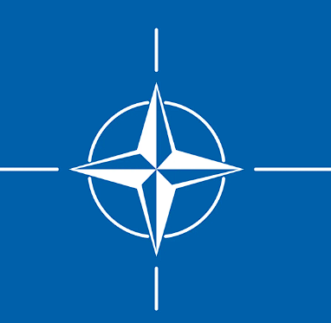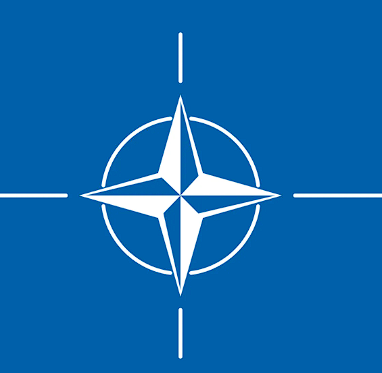Table of Contents
ToggleNATO: Adapting to New Challenges in a Changing World
Since its inception in 1949, the North Atlantic Treaty Organization (NATO) has been a cornerstone of international security, fostering peace and stability in the Euro-Atlantic region. Born out of the post-World War II landscape, NATO’s primary mission was to counter the Soviet threat and prevent the spread of communism. Over the years, its role has evolved to address a wide range of security challenges, from terrorism to cyber attacks. As the world continues to change, NATO faces new tests that require it to adapt and innovate to remain effective.
-
Origins and Evolution
NATO was established on April 4, 1949, with the signing of the North Atlantic Treaty by twelve founding member states. The treaty’s core principle was mutual defense: an attack on one member would be considered an attack on all. This collective defense mechanism was crucial during the Cold War, providing a deterrent against Soviet aggression in Europe.
The end of the Cold War brought significant changes to NATO’s role. With the collapse of the Soviet Union, the alliance faced questions about its relevance. However, instead of disbanding, NATO adapted. It expanded its membership, welcoming former Warsaw Pact countries and former Soviet republics into its fold. This enlargement not only contributed to the stability and security of Central and Eastern Europe but also reinforced NATO’s role as a guarantor of peace on the continent.
-
New Challenges
In the post-9/11 era, NATO’s focus shifted beyond its traditional Euro-Atlantic area. The alliance invoked Article 5 for the first time in its history in response to the terrorist attacks on the United States, leading to the deployment of NATO forces in Afghanistan. This marked a significant expansion of NATO’s mission into counter-terrorism and stabilization operations.
Furthermore, NATO has had to confront new challenges in the realm of cybersecurity and hybrid warfare. Cyber attacks and disinformation campaigns pose threats to member states’ security and undermine public trust. NATO has responded by developing capabilities to defend against cyber threats and enhancing cooperation with partners in the cyber domain.
-
Adapting for the Future
As the world faces increasingly complex security challenges, NATO must continue to adapt. One of the key areas of focus is the modernization of military capabilities. This includes investments in emerging technologies such as artificial intelligence, autonomous systems, and space capabilities. By staying at the forefront of technological innovation, NATO can maintain its military edge and deter potential adversaries.
Additionally, NATO is reaffirming its commitment to collective defense while also deepening partnerships with like-minded countries and organizations. This includes cooperation with the European Union, the United Nations, and other regional security bodies. By working together, NATO and its partners can address common threats more effectively and promote stability in their respective regions.
-
Challenges Ahead
Despite its successes, NATO faces several challenges that require careful navigation. One such challenge is the resurgence of great power competition, particularly with Russia and China. Managing relations with these powers while upholding NATO’s principles of collective defense and deterrence is a delicate balancing act.
Another challenge is maintaining unity among member states, especially in the face of differing threat perceptions and geopolitical interests. NATO’s decision-making process relies on consensus among its members, making it essential to bridge any divides and find common ground on key issues.
-
Conclusion
As the world evolves, so too must NATO. From its origins as a defense alliance against the Soviet Union to its current role in addressing terrorism, cyber threats, and hybrid warfare, NATO has demonstrated its ability to adapt to new challenges. By modernizing its capabilities, strengthening partnerships, and maintaining unity among member states, NATO can continue to fulfill its mission of preserving peace and security in the Euro-Atlantic area and beyond.
Referance: CHATGPT

